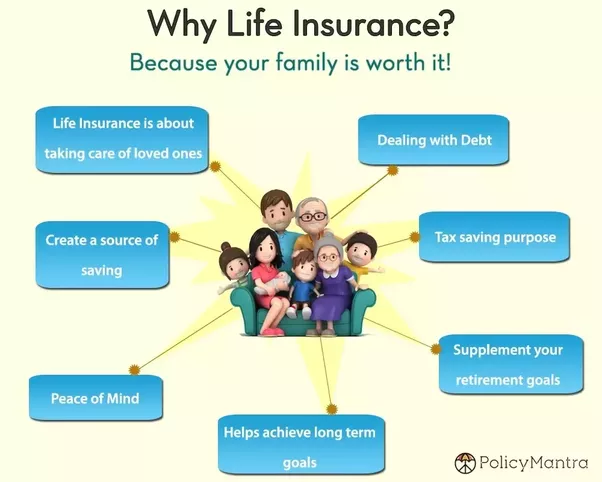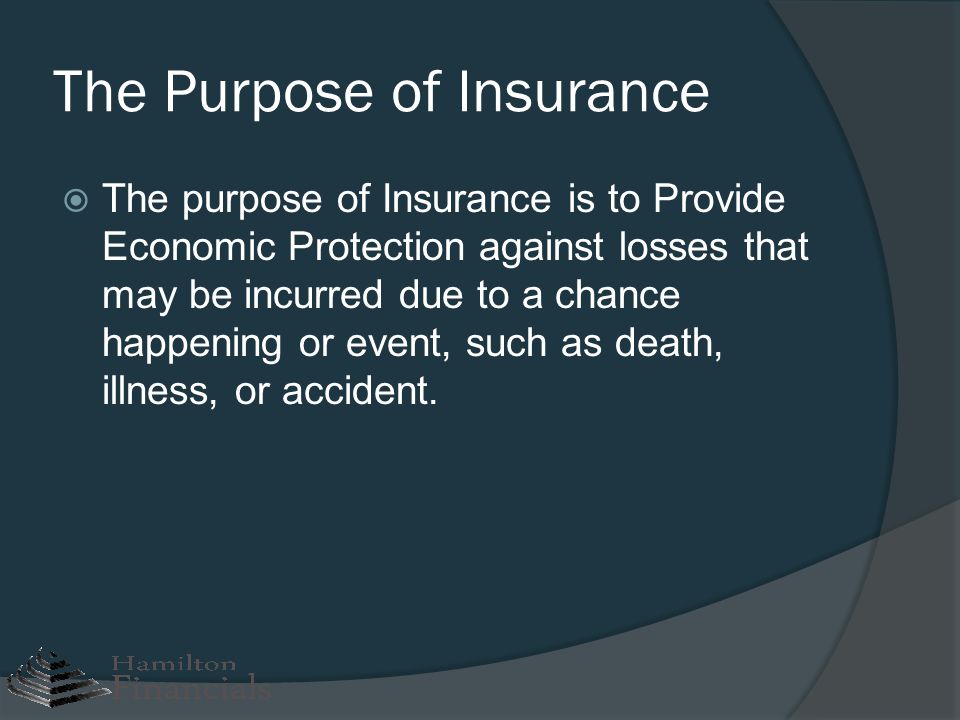The Pacific Prime Ideas
The Pacific Prime Ideas
Blog Article
Rumored Buzz on Pacific Prime
Table of ContentsThe Single Strategy To Use For Pacific PrimeThe Greatest Guide To Pacific PrimeWhat Does Pacific Prime Mean?A Biased View of Pacific PrimePacific Prime Can Be Fun For Everyone

This is due to the fact that the data were collected for a duration of solid economic efficiency. Of the approximated 42 million people that were uninsured, almost regarding 420,000 (about 1 percent) were under 65 years old, the age at which most Americans end up being eligible for Medicare; 32 million were adults between ages 18 and 65, around 19 percent of all adults in this age; and 10 million were youngsters under 18 years of age, regarding 13.9 percent of all youngsters (Mills, 2000).
These estimates of the number of individuals without insurance are generated from the annual March Supplement to the Present Populace Study (CPS), performed by the Census Bureau. Unless otherwise noted, national quotes of individuals without medical insurance and percentages of the populace with various kinds of coverage are based on the CPS, the most commonly utilized resource of estimates of insurance coverage and uninsurance rates.
More About Pacific Prime

Still, the CPS is specifically useful because it produces yearly price quotes reasonably quickly, reporting the previous year's insurance protection approximates each September, and due to the fact that it is the basis for a consistent set of quotes for greater than twenty years, enabling evaluation of patterns in coverage in time. For these reasons, along with the extensive use the CPS in various other studies of insurance policy protection that exist in this record, we count on CPS quotes, with limitations kept in mind.

The quote of the variety of uninsured individuals expands when a populace's insurance coverage standing is tracked for a number of years. Over a three-year duration beginning early in 1993, 72 million individuals, 29 percent of the united state populace, lacked protection for at least one month. Within a solitary year (1994 ), 53 million people experienced a minimum of a month without insurance coverage (Bennefield, 1998a)
Six out of every 10 without insurance adults are themselves utilized. Working does boost the possibility that one and one's household members will certainly have insurance coverage, it is not a guarantee. Also members of family members with two full time wage earners have nearly a one-in-ten chance of being without insurance (9.1 percent uninsured price) (Hoffman and Pohl, 2000).
What Does Pacific Prime Mean?
New immigrants make up a considerable percentage of individuals without medical insurance. One analysis has associated a substantial portion of the recent growth in the size of the U.S. uninsured population to immigrants that got here in the country between 1994 and 1998 (Camarota and Edwards, 2000). Recent immigrants (those that came to the United States within the past four years) do have a high rate of being uninsured (46 percent), but they and their kids represent just 6 percent of those without insurance coverage country wide (Holahan et al., 2001).
The relationship between medical insurance and accessibility to care is well developed, as documented later in this chapter. The relationship in between wellness insurance policy and health and wellness outcomes is neither direct neither basic, a comprehensive medical and health solutions research study literature web links wellness insurance policy coverage to improved accessibility to care, far better top quality, and boosted personal and populace health status.
Degrees of evaluation for analyzing the effects of uninsurance. This discussion of medical insurance protection concentrates primarily on the U.S. populace under age 65 due to the fact that essentially all Americans 65 and older have Medicare or various other public protection. It focuses particularly on those without any health and wellness insurance for any type of length of time.
Facts About Pacific Prime Uncovered
The problems encountered by the underinsured are in some aspects similar to those faced by the without insurance, although they are usually much less extreme. Health and wellness insurance policy, nevertheless, is neither required neither enough to acquire access to clinical solutions. The independent and straight impact of health insurance policy coverage on access to health services is well established.
Others will obtain the healthcare they require even without medical insurance, by spending for it expense or seeking it from service providers that supply treatment totally free or at highly subsidized rates. For still others, health insurance why not try this out policy alone does not ensure invoice of care as a result of other nonfinancial obstacles, such as a lack of health and wellness treatment companies in their area, restricted accessibility to transport, illiteracy, or linguistic and social distinctions.
The Definitive Guide to Pacific Prime
Official study concerning without insurance populations in the United States dates to the late 1920s and early 1930s when the Committee on the Expense of Healthcare created a collection of records concerning funding medical professional workplace gos to and hospital stays. This concern became prominent as the numbers of medically indigent climbed during the Great Depression.
Report this page